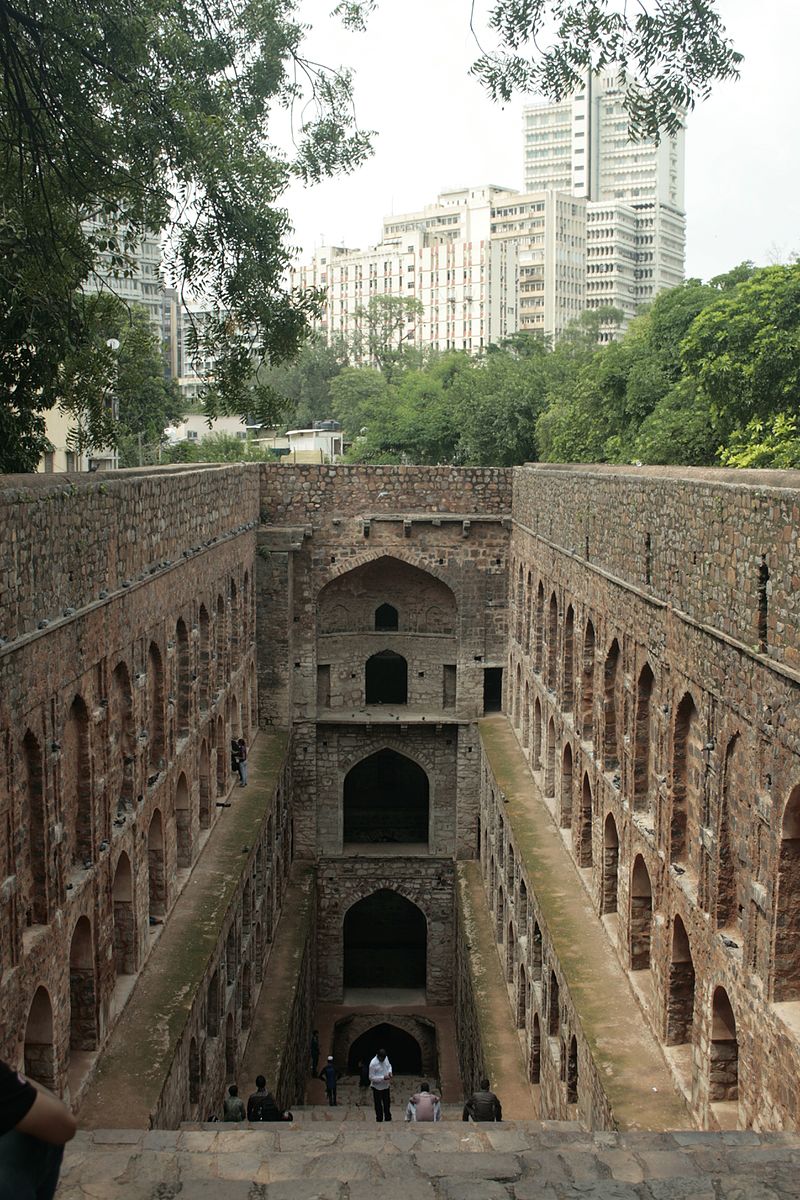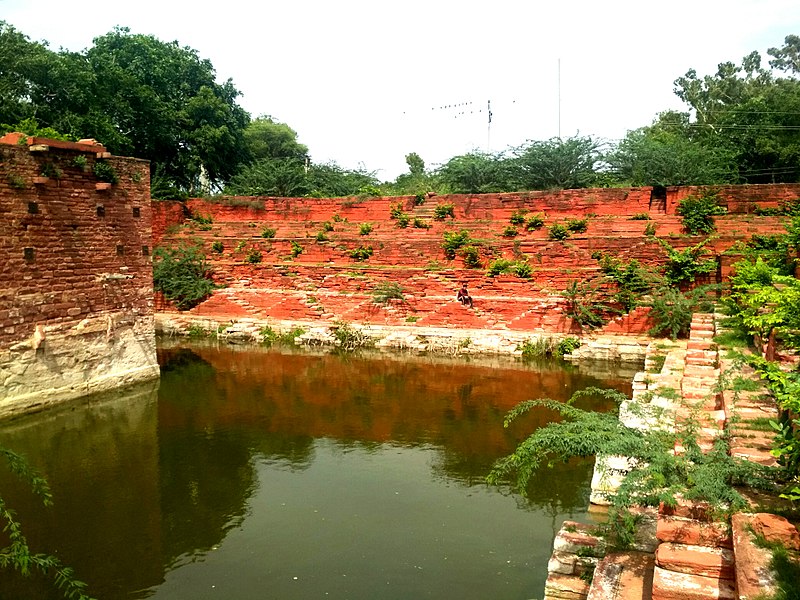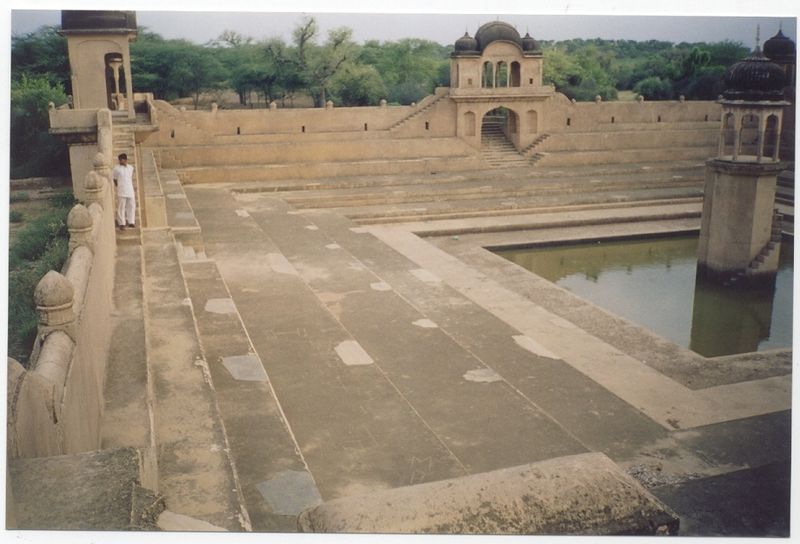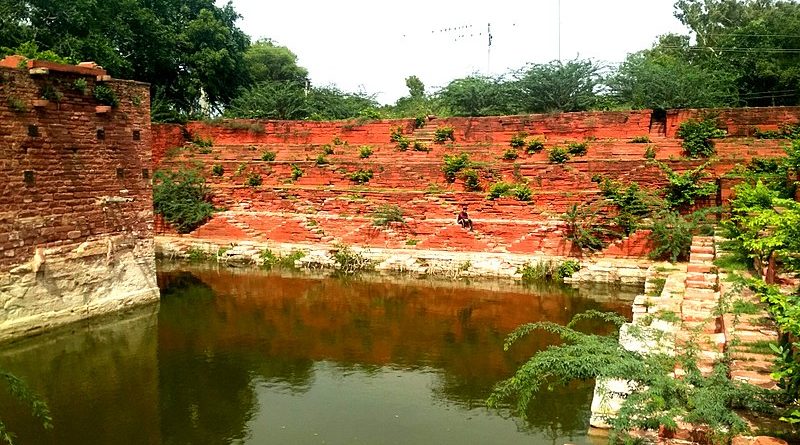Baoli : Stepwell of India
Stepwell are certainly one of India’s most unusual, but little-known, contributions to architecture. They influenced many other structures in Indian architecture, especially many that incorporate water into their design. Ram Bagh in Agra was the first Mughal garden in India. It was designed by the Mughal emperor Babur and reflected his notion of paradise not only through water and landscaping, but also through symmetry by including a reflecting pool in the design. Naturally, he was entranced by stepwells and felt that one would complement the garden of his palace. He built a baoli in Agra Fort.

Many other Mughal gardens include reflecting pools to enhance the landscape or as an elegant entrance.
Stepped ponds are very similar to stepwells in terms of purpose but it is important to recognize the difference between these two types of structures. For example, stepped ponds were always built to accompany a nearby temple while stepwells were positioned away from noisy sites and future tourist attractions While stepwells are dark and barely visible from the surface, stepped ponds are illuminated by the light from the sun. Also, stepwells are quite linear in design compared to the rectangular shape of stepped ponds.

Stepwells are examples of the many types of storage and irrigation tanks that were developed in India, mainly to cope with seasonal fluctuations in water availability. A basic difference between stepwells on the one hand, and tanks and wells on the other, is to make it easier for people to reach the ground water and to maintain and manage the well.

The builders dug deep trenches into the earth for dependable, year-round groundwater. They lined the walls of these trenches with blocks of stone, without mortar, and created stairs leading down to the water. The majority of surviving stepwells originally served a leisure purpose as well as providing water. This was because the base of the well provided relief from daytime heat, and this was increased if the well was covered. Stepwells also served as a place for social gatherings and religious ceremonies. Usually, women were more associated with these wells because they were the ones who collected the water. Also, it was they who prayed and offered gifts to the goddess of the well for her blessings. This led to the building of some significant ornamental and architectural features, often associated with dwellings and in urban areas. It also ensured their survival as monuments.
Ar. Rohit Bharti
(Senior Faculty)
IVS School of Design, Noida

